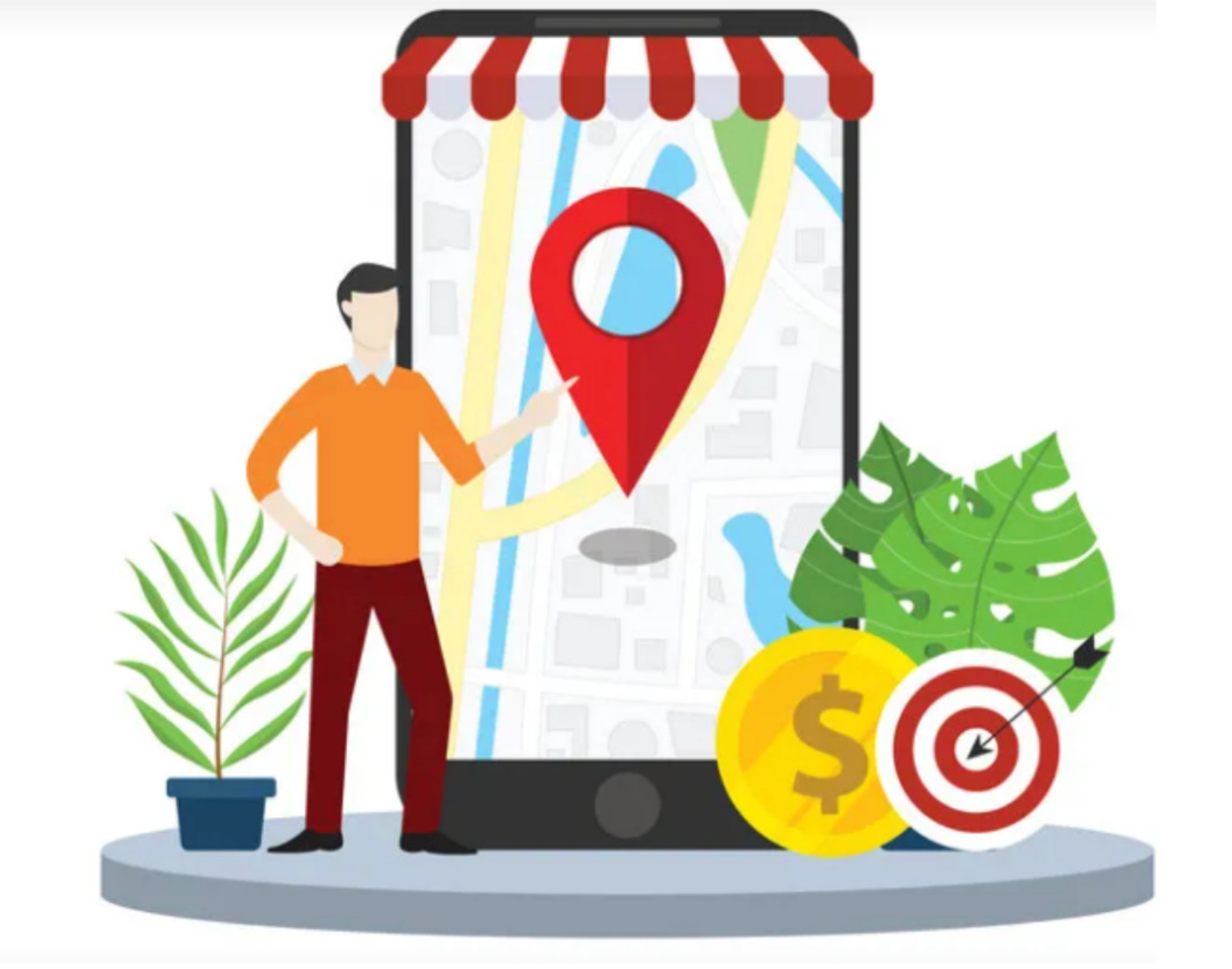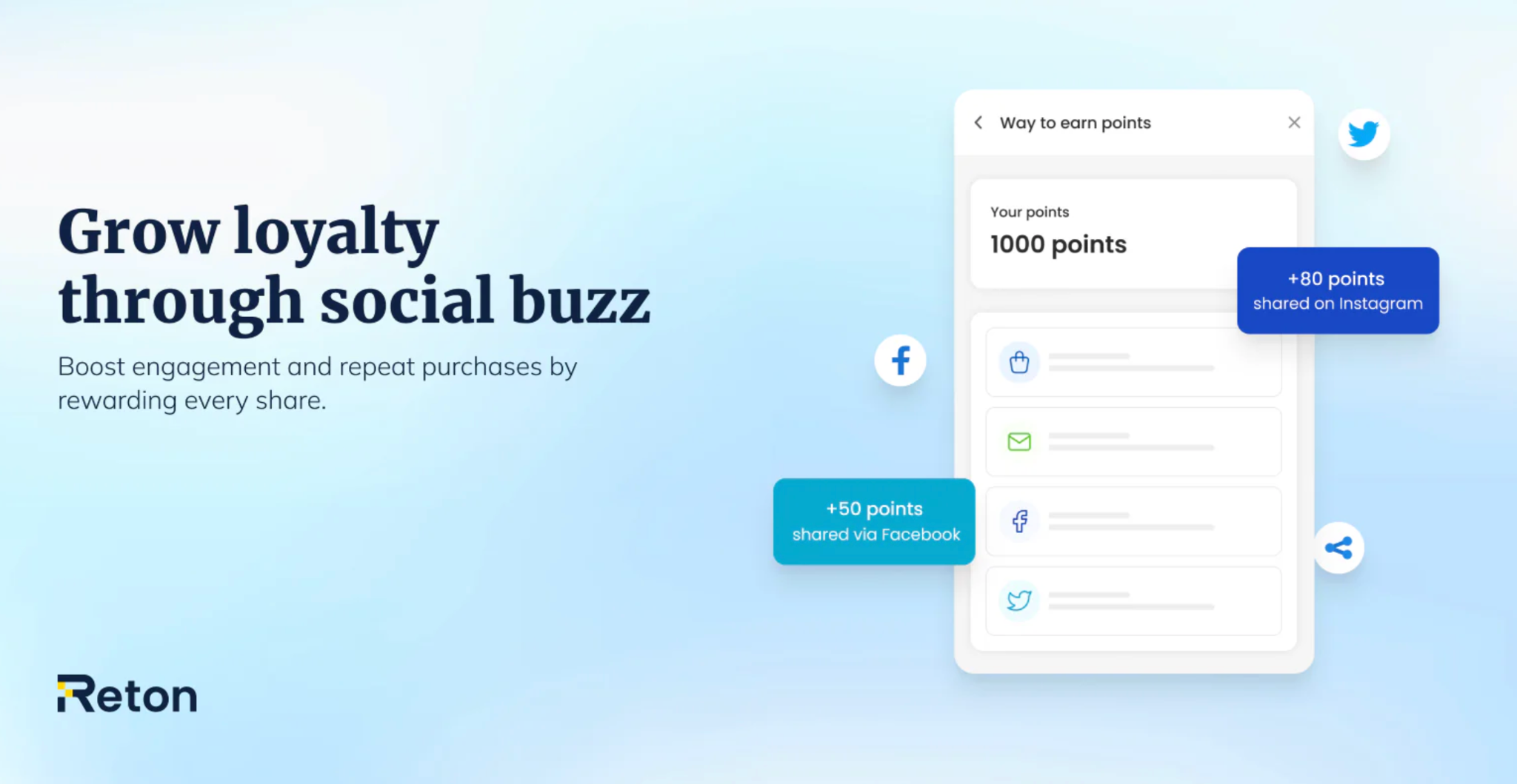
Start a free trial and enjoy 3 months of Shopify for 1 $/month on select plans. Sign up now

In a world where customers expect relevance and personalization, GEO marketing has become a game-changing strategy for modern businesses. It allows brands to use customer location data to deliver targeted offers, personalized ads, and local experiences. Whether you operate an online store or a chain of physical locations, understanding where your customers are can dramatically improve your ability to convert leads into loyal buyers.
By implementing smart GEO marketing strategies, you can connect with your audience at the right place, at the right time, and in the right context, ultimately skyrocketing your sales and brand loyalty.

Location-based personalization helps you tailor the online shopping experience to each visitor’s region or city. You can display location-specific product recommendations, adjust language and currency settings, and even highlight popular local items. This approach builds trust by showing customers that your brand understands their lifestyle and preferences. It also reduces friction during checkout, increasing the chance of conversion.
Running ads based on customer geography helps you avoid wasting ad spend on irrelevant audiences. Instead of targeting an entire country, you can focus on cities or regions with higher potential for conversions. This approach ensures that your messaging fits local needs, from seasonal preferences to shipping availability.

Localized promotions create excitement and exclusivity by rewarding customers from certain areas. For instance, offering “Free shipping in Texas” or “Special holiday deals for London shoppers” can make customers feel valued and increase purchase intent. This method also helps brands test new offers or pricing models in selected regions before a full rollout.
Mobile users often search for products or stores “near me,” making local SEO optimization crucial for visibility. By improving your Google Business Profile and optimizing your website with location-based keywords, you can appear in these high-intent searches. This is especially powerful for retailers, restaurants, and service-based businesses with physical locations.
Instead of sending the same newsletter to your entire subscriber list, segment your emails by location to boost relevance. Localized email content can highlight events, new store openings, or products suited to that area’s lifestyle or season. Personalized subject lines mentioning the reader’s city can also increase open and click-through rates.
GEO-fencing creates a virtual boundary around a location, like a mall or competitor’s store, and triggers targeted messages when users enter or exit that area. This strategy enables brands to deliver time-sensitive offers that encourage immediate action. It’s particularly effective for driving foot traffic, in-store events, or flash sales.
Each region often has distinct shopping preferences, seasonal trends, and spending patterns. By analyzing regional data, you can stock the right products, design targeted marketing campaigns, and price strategically. This ensures better inventory management and helps avoid wasted marketing efforts.

Local influencers have credibility and strong connections within their communities. Collaborating with influencers helps you reach audiences that trust their opinions and are more likely to engage with your brand. Unlike broad influencer campaigns, local partnerships deliver higher authenticity and better engagement rates.
Social media engagement grows when your content feels personal and relevant. Creating region-specific posts or ads can help you connect with local audiences and increase visibility. For example, a fashion brand could post winter looks for northern audiences and summer outfits for coastal regions.
Combining GEO marketing with loyalty rewards enhances customer retention and repeat purchases. You can reward customers for visiting physical locations, attending local events, or purchasing in specific regions. Using tools like Reton, store owners can track engagement by geography and create dynamic reward campaigns that keep customers coming back.

GEO marketing is one of the most powerful ways to bridge the gap between online behavior and real-world context. By understanding where your customers live and shop, you can create personalized campaigns that feel natural and timely. Whether through localized promotions, targeted ads, or loyalty-driven engagement, these strategies help you stand out from competitors and deliver experiences that truly resonate. Start small, analyze the data, and refine your approach soon, you’ll see your sales and customer loyalty skyrocket.